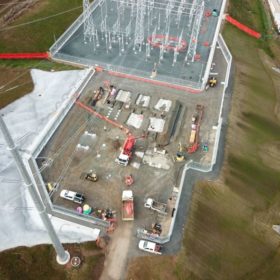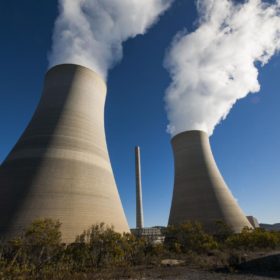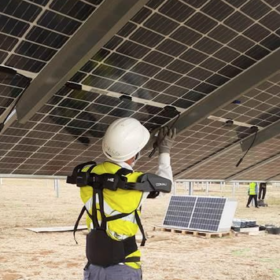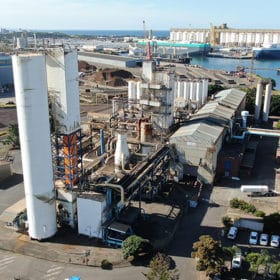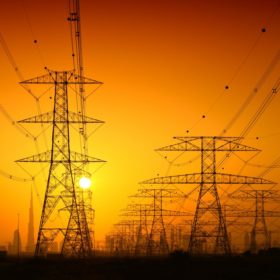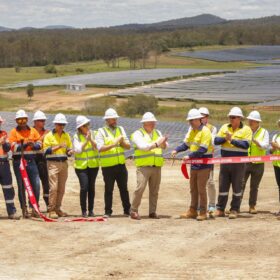AEMO reveals new roadmap for rapid switch to renewables
The Australian Energy Market Operator has declared approximately $12.7 billion of investment in new transmission lines should begin “as urgently as possible” to accelerate the transition to renewable energy and energy storage, replace exiting coal-fired power plants, and deliver a more efficient and effective grid in eastern and south-eastern Australia.
Evergen eyes international market after sealing $15 million FRV-X deal
Australian solar and battery optimization technology provider Evergen will seek to accelerate its expansion in both the domestic and international markets after closing a $15 million fundraising round led by FRV-X, a division of Saudi-owned energy developer Fotowatio Renewable Ventures.
Okra Solar secures $3 million to bankroll mesh-grid expansion
Australian renewable energy tech start-up Okra Solar has raised $3 million to scale up distribution of its solar-based hardware and software solutions and electrify more than 290,000 off-grid homes in Nigeria in the next three years while expanding its operations in Haiti and other countries.
NSW & Queensland budgets handed down, both link clean energy investments to prosperity
Both New South Wales (NSW) and Queensland handed down their 2022-23 state budgets on Tuesday pushing the line that clean energy investments would lead the states to future prosperity.
Energy board releases capacity market design, advocates fossil fuel inclusion despite criticism
Under renewed urges from ministers to expedite market reforms, the Energy Security Board has today released a ‘high-level’ design paper for its capacity mechanism proposal, through which the agency hopes to prevent a disorderly energy transition.
AEMO says it has not suspended project commissioning but testing and resources limited amid crisis
The Australian Energy Market Operator (AEMO) says it has not suspended solar and wind project commissioning, though it noted the schedules for some projects have been adjusted because of the ongoing energy supply crisis.
Kean granted emergency powers to control energy crisis
New South Wales Energy Minister Matt Kean said the state government is unlikely to use new emergency powers granted to ensure energy supply is maintained after the market operator advised conditions in the grid were improving.
‘The villain is the framework’: crisis an opportunity to review regulation requisites
Australia’s energy crisis affords it an intricate, if painful, look at exactly where and how our current electricity regulations no longer fit their purpose. According to analyst Gavin Dufty, now is the time to retrain our eyes on the prize: designing a new framework suitable for the future decentralised system. “But everybody needs to put their guns back in their holsters,” Dufty tells pv magazine Australia.
BREAKING: AEMO suspends spot market in all eastern states
The Australian Energy Market Operator (AEMO) this afternoon suspended the electricity wholesale spot market in all five of the participating National Electricity Market states, saying it has become “impossible” to operate.
‘Much too naive’: extent of market cornering in energy crisis underplayed, analyst says
As Australia’s energy crisis deepens with Queensland and NSW again cautioned over potential blackouts in the coming hours, director of the Victoria Energy Policy Centre, Bruce Mountain, told pv magazine Australia commentators have underplayed the extent to which energy generators have exacerbated the emergency. Government intervening to take charge of the energy market is, for him, the most likely outcome as generators withholding capacity increasingly threatens to cause massive losses in state economies.
